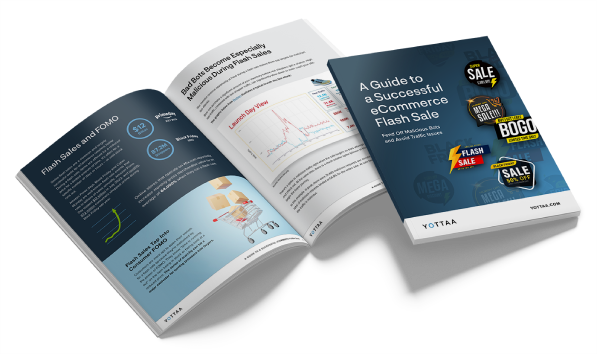Prevent bots from turning your flash sale into a flash fail

From limited edition shoe drops to 24-hour BOGO deals, the flash sale is a tried-and-true tactic for retailers to increase revenue. Amazon’s “Big Deal Day” in October reportedly sold 50% more items this year than in 2022. Product scarcity and customer FOMO drives real results – but if you’re not prepared, your flash sale could be a flash fail.
In this guide, the YOTTAA team compiled six best practices to get you ready for your next flash sale, including:
- Identifying and mitigate bots to ensure real customers can shop
- Creating custom rulesets to accommodate increased traffic
- Optimizing your site for a stellar mobile-first experience
YOTTAA works with thousands of eCommerce brands to deliver better online shopping experiences during high-traffic days, peak holiday shopping seasons, and every day in between.
Download the guide to ensure you’re fully prepared for your next flash sale.
Trusted by over 1,500 top eCommerce sites




YOTTAA has enabled carters.com to achieve higher levels of site performance which is leading to growth in engagement and conversion.
Mike Baumgartner, Vice President, eCommerce & Omnichannel, Carter’s
